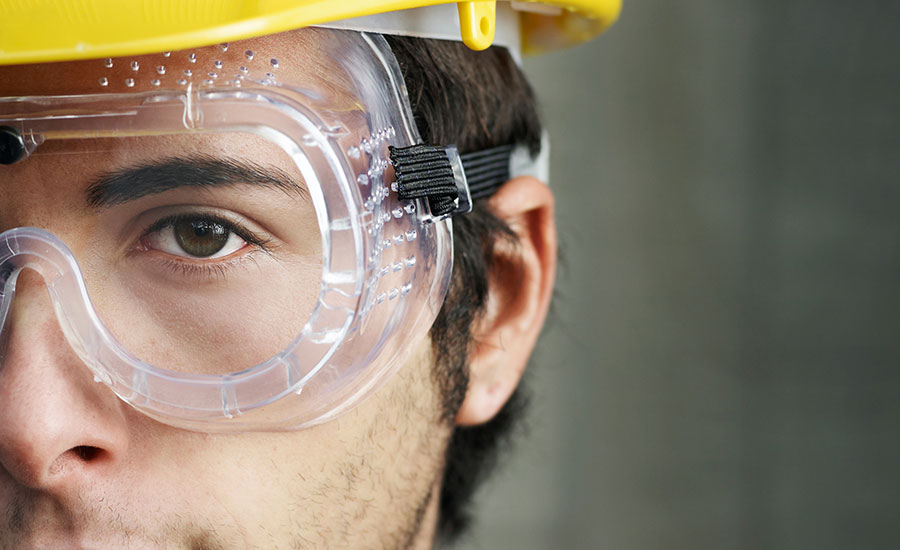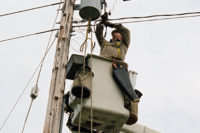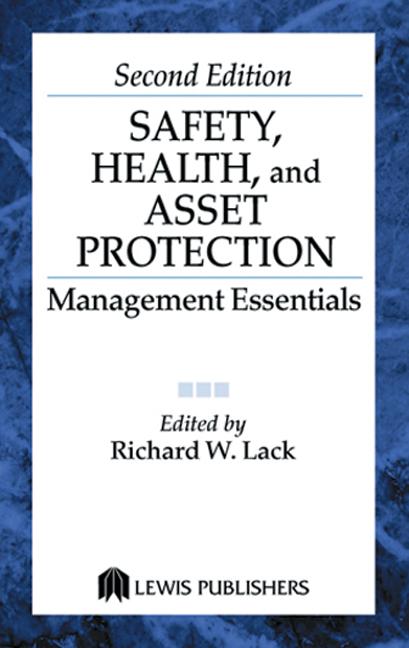Four essentials for eye protection at work

- Know the eye safety dangers at your work.
- Eliminate hazards before starting work by using machine guards, work screens or other engineering controls.
- Use proper eye protection.
- Keep your safety eyewear in good condition and have it replaced if it becomes damaged.
Selection of protective eyewear appropriate for a given task should be made based on a hazard assessment of each activity. Types of eye protection include:
Nonprescription and prescription safety glasses. Although safety glasses may look like normal dress eyewear, they are designed to provide significantly more eye protection. The lenses and frames are much stronger than regular eyeglasses. Safety glasses must meet standards of the American National Standards Institute (ANSI). Look for the Z87 mark on the lens or frame. Safety glasses provide eye protection for general working conditions where there may be dust, chips or flying particles. Side shields and wraparound-style safety glasses can provide additional side protection. Safety lenses are available in plastic, polycarbonate and Trivex™ materials. While all four types must meet or exceed the minimum requirements for protecting your eyes, polycarbonate lenses provide the highest level of protection from impact.
Goggles. Goggles provide protection from impact, dust and chemical splash. Like safety glasses, safety goggles are highly impact-resistant. In addition, they provide a secure shield around the entire eye and protect against hazards coming from any direction. Goggles can be worn over prescription glasses and contact lenses.
Face shields and helmets. Full face shields protect workers exposed to chemicals, heat or blood-borne pathogens. Helmets are used for welding or working with molten materials. Face shields and helmets should not be the only protective eyewear. They need to be used in conjunction with safety glasses or goggles, so the eyes are protected when the shield is lifted.
Special protection. Helmets or goggles with special filters to protect the eyes from optical radiation exposure should be used for welding or working with lasers.
Safety glasses must fit properly to provide adequate protection. Also, eye protection devices must be properly maintained. Scratched and dirty devices reduce vision, cause glare and may contribute to accidents. Combined with machine guards, screened or divided work stations, and other engineering controls, using the correct protective eyewear can help keep you safe from any type of eye hazard.
Source: American Academy of Ophthalmology
Looking for a reprint of this article?
From high-res PDFs to custom plaques, order your copy today!







